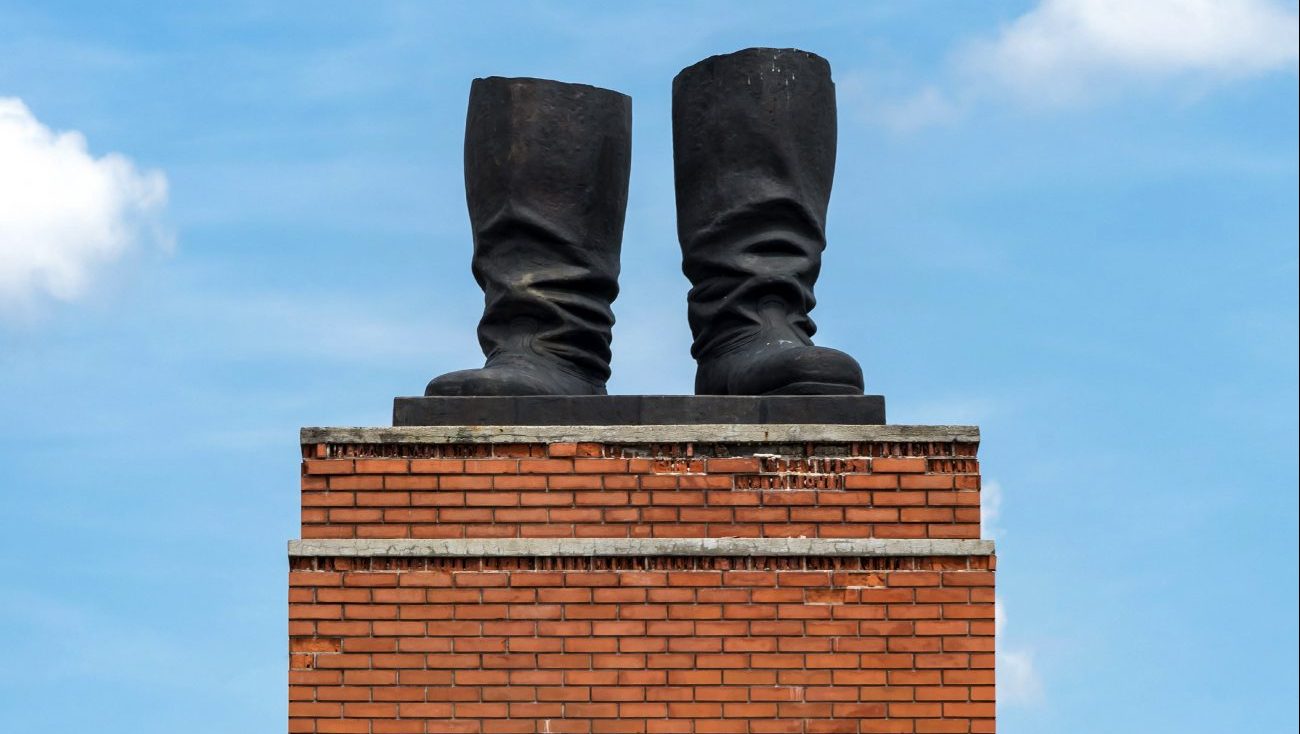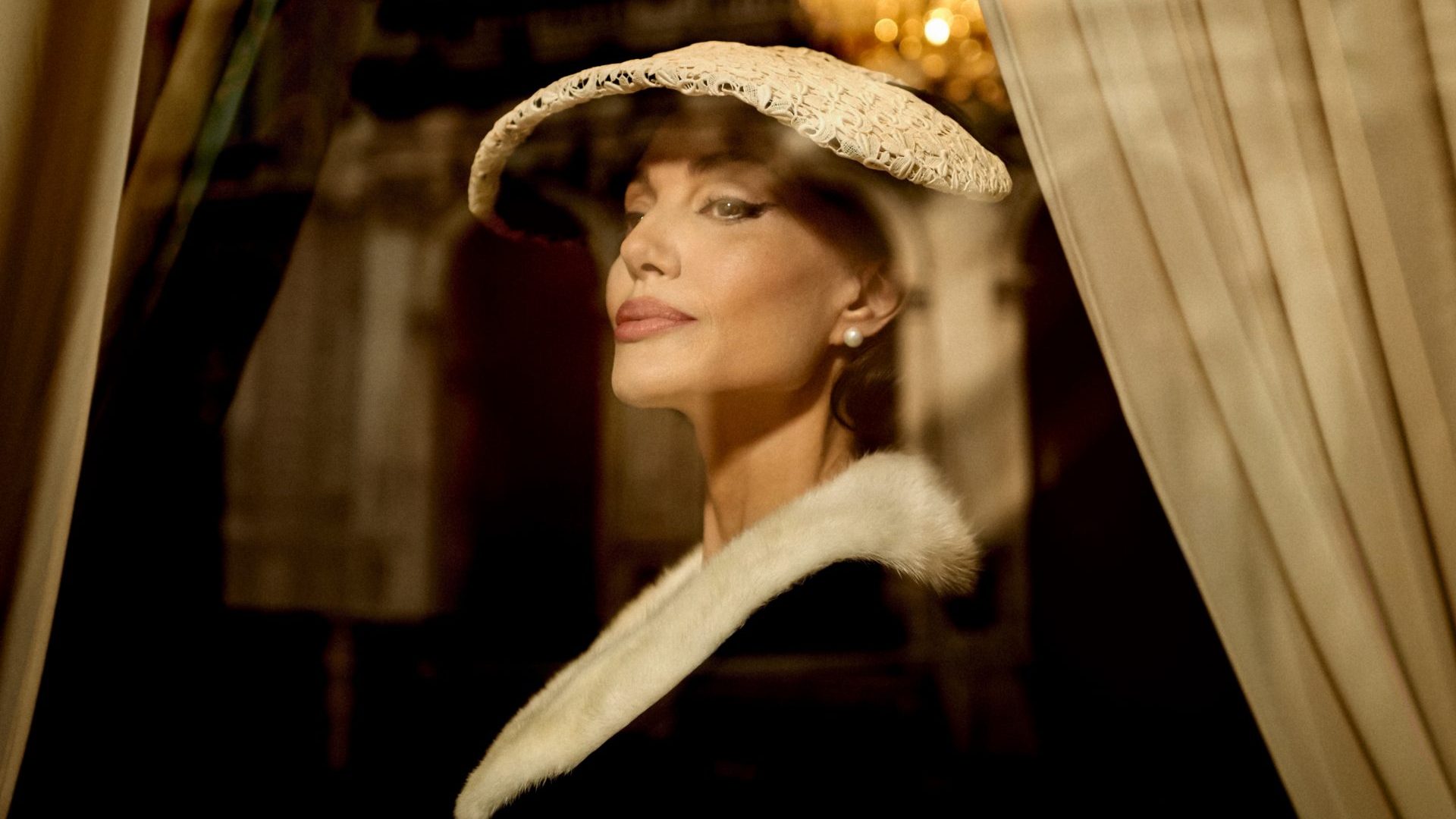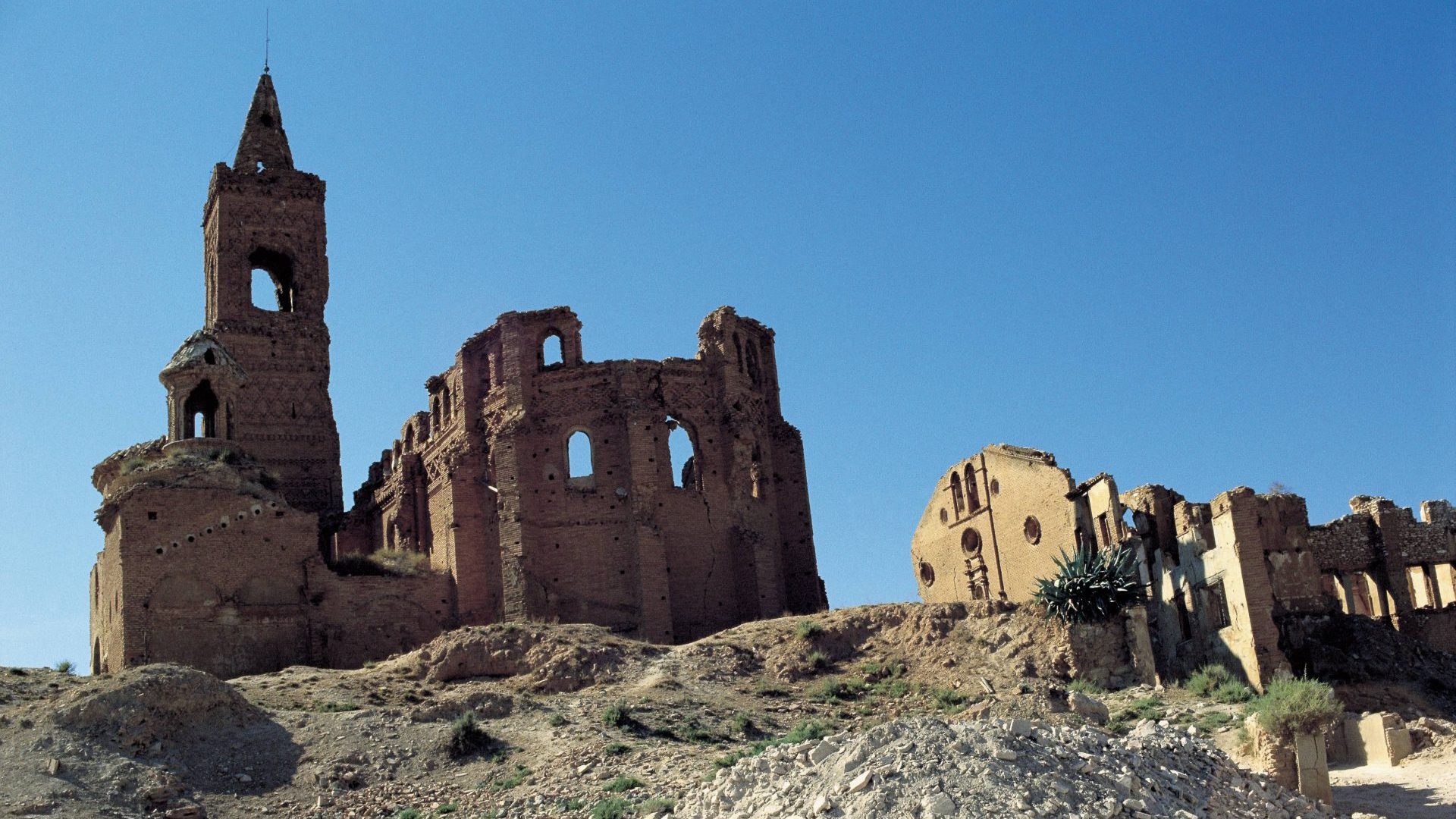A few years ago on a blisteringly hot afternoon, I took a couple of sweltering buses from central Budapest to visit the Szoborpark. As theme parks go this is an unusual one: a collection of Soviet-era monuments and statues gathered from across Hungary and placed in a field on the outskirts of the capital.
Dehydrated and overheated I walked between vast hunks of statuary on parched yellow grass in air so hot it hissed. It might have been the soaring temperature – Budapest was in the grip of a heatwave that saw more than a dozen people collapse in the streets that day – but there was something profound and unsettling about my hour or so among the gigantic detritus of a dead ideology. Not least because I appeared to be the only person there.
I shielded my eyes from the sun and looked up as a huge striding Lenin stood over me wearing a heavy overcoat and holding a furled packet of documents in his hand, brow furrowed in thought.
Back when he was the centrepiece of a grand city square, passers-by would have assumed he was concentrating on the next five-year-plan or somesuch but here, stripped of all context, Lenin could just as easily have been a man carrying a fish supper trying to remember if he’d locked the back door.
There was a brutalist representation of Marx and Engels, all straight lines and angles and red hot to the touch, and a railway worker raising a flag with one hand while extending the other palm outwards like a linesman fending off protests at a contentious offside decision.
When a giant statue of a muscular running sailor, a piece of material in his hand trailing immovably in an imaginary wind, seemed to actually dip his head and leer at me through sightless eyes I knew it was time to get out of the sun. The only shade was in front of a small kiosk selling communist-era badges, knick-knacks and old cassettes of military choirs, one of which played tinnily through a fried speaker behind the smiling woman staffing the establishment. Even now whenever I hear the Red Army Choir I start to feel a bit woozy.
While the Szoborpark, since renamed Memento Park, shows up the vacuous bombast of Soviet-era public sculpture in any weather, my heat-induced hallucination triggered a deep fascination with Europe’s range of monuments to commemoration.
Stepping out of the drizzle into the Neue Wache in Berlin, for example, where a Käthe Kollwitz sculpture of a mother cradling her dead son inside an old Prussian guard house serves as a memorial to victims of all war and tyranny, I was moved unexpectedly to tears watching the rain splash off the figures after falling through the circular hole in the roof above them.
In Hilversum, by chance I came across the Dutch town’s memorial to its 15 citizens who died when MH17 was shot out of the sky over Ukraine by Russia in 2014. The wreckage landed in a field of sunflowers so the memorial consists of 15 brass sunflowers, tall ones for the adults, small ones for the children, in a beautifully peaceful and affecting example of commemorative art.
I once climbed to the top of a very steep hill on the outskirts of Turin to see a memorial to the all-conquering Torino football team, killed there one stormy night in 1949 when the aircraft bringing them back from a match in Lisbon smashed into the back wall of the hilltop monastery, while in Sarajevo I have often been stopped in my tracks by the “Sarajevo roses”, star-shaped gashes in the pavements made by exploding ordnance in the early 1990s that instead of being repaired have been filled in with red rubber as eloquently subtle reminders of the besieged city’s bombardment.
My slightly trippy experience at a roasting Szoborpark came flooding back last week when I read Lara Haworth’s new novella Monumenta, a short yet deep exploration of the nature of public commemoration.
We pass so many examples of conspicuous remembrance we barely give them a thought. Equestrian statues of long-dead military figures, plinths commemorating battles or the victims of disasters, plaques on buildings marking the erstwhile residence of a notable figure, commemorative benches on seafronts or in parks, roadside clusters of flowers marking fatal accidents – landmarks official and unofficial that say this happened here, or this person lived and should not be forgotten through the inconvenience of death.
In recent years, memorialisation has become increasingly topical, not least when the toppling of a statue of Edward Colston, a Bristol merchant who made fortunes from the slave trade in the early 18th century, made headlines in 2020, the spontaneous removal and submersion of a hollow effigy greeted in some quarters like the desecration of a grave.
Yet in a sense graves represent the crux of the matter because death is at the heart of all public memorials. We are here but for a fleeting moment in the great scheme and the termination of that moment is so final there is a compulsion to commemorate. When death is sudden and unexpected that commemorative urge becomes even greater. In locations where multiple sudden deaths have been commonplace and on a significant scale, the process of memorialisation can become complex.
At the beginning of Monumenta, Olga Pavic opens a letter from the Belgrade City Municipality, reads the contents and asks aloud: “What massacre? Which one?”
The letter informs her that the home in the well-to-do neighbourhood of Dedinje where she has lived for almost half a century, is being requisitioned by the city as the site of a planned memorial to an as yet unspecified historical massacre. She is served with a notice of eviction and told she will be relocated to a modern housing development in New Belgrade.
Olga calls her daughter Hilde, CEO of a construction company embroiled in the fallout from a serious workplace accident in Frankfurt, and her son Danilo, living in Moscow and having paranoid dreams about losing a hand, and invites them home for a farewell dinner in the family home where they grew up. In the meantime three architects arrive in turn to present their proposals for a planned memorial to commemorate, well, something.
Each architect brings a radically different idea from a radically different perspective and background, each seeking to mark something different. The satire in Monumenta is loaded without ever feeling overegged because there is so much substance here, so many layers of characterisation and theme running through such a short book that are expressed in some exquisite writing.
Karl, for example, is a Dutch architect arriving in Serbia freshly hewn from heartbreak who “looked like a man who was wasted,” according to Olga, “the kind of man who would think nothing of falling to his knees and begging for something and actually expect to receive it”.
His pitch to commemorate the 1903 assassination of the King and Queen of Serbia baffles Olga, partly because the murders took place elsewhere but mostly because she is unsure why anyone would commemorate a monarch who “had a weak chin” and wore “stupid glasses”.
Is it merely the violent nature of their deaths that makes the royal couple worthy of a monument? Is it just a distracted Karl’s quick-scan-of-Wikipedia level of research? And why has Olga’s house, which seems no different from any other in the neighbourhood, been earmarked for requisition as a memorial to something that didn’t happen there anyway?
Grief looms over Monumenta. There is grief for the years spent in the house, the memories, the essence of a family’s history infused into the fabric of the building. Every visitor, whether they have been to the house before or not, recognises the smell, a combination of old furniture, old meals and old people, the familiar musk of domestic life.
There is also Olga’s late husband Branko, Hilde and Danilo’s father, who died in the kitchen. The children notice that whenever Olga crosses the kitchen she takes a large step over the spot where he died, as if still stepping over his body.
And there is the grief of the commemoration itself, the three distinct focuses of the architects’ projects. This grief is indistinct – the line “what massacre? Which one?” is a dark running joke through Monumenta – there is just an apparent need to remember something.
The Balkans, more than just about anywhere in Europe, has more than enough blood and death in its soil to commemorate, much of it relatively recent, making the simple act of permanent remembrance a contentious and often political one. As Misha, the only Serbian architect pitching for the commission, says, “There is a fine line, a very fine line, between memorialisation and erasure”.
Perhaps memorialisation is a substitute for erasure, a placeholder to insure against forgetting, a proxy form of grief, an ossuary of empty gesture. Perhaps memorials give us an excuse not to remember because we know something is there doing it for us. As one of the architects pitching for Olga’s house puts it, she is seeking to commemorate the “massacre of memory in favour of statuary”.
Perhaps my favourite piece of postcommunist statuary can be found in Vilnius, in the district of Užupis. Declared an independent republic in the 2000s by its motley collection of artists, writers, film-makers, stoners and old heads, Užupis was keen to replace the bust of Lenin that stood at the centre of its main square – but with what?
By the time I visited Užupis the decision had been not only made but implemented, hence I was able to contemplate how a bust of the architect of the USSR had been supplanted by one of a figure of far worthier cultural import. To this day the centrepiece of the main square in Užupis, indeed of the micronation itself, is a plinth on which sits a bronze bust of Frank Zappa.
Monumenta by Lara Haworth is published by Canongate, price £12.99




